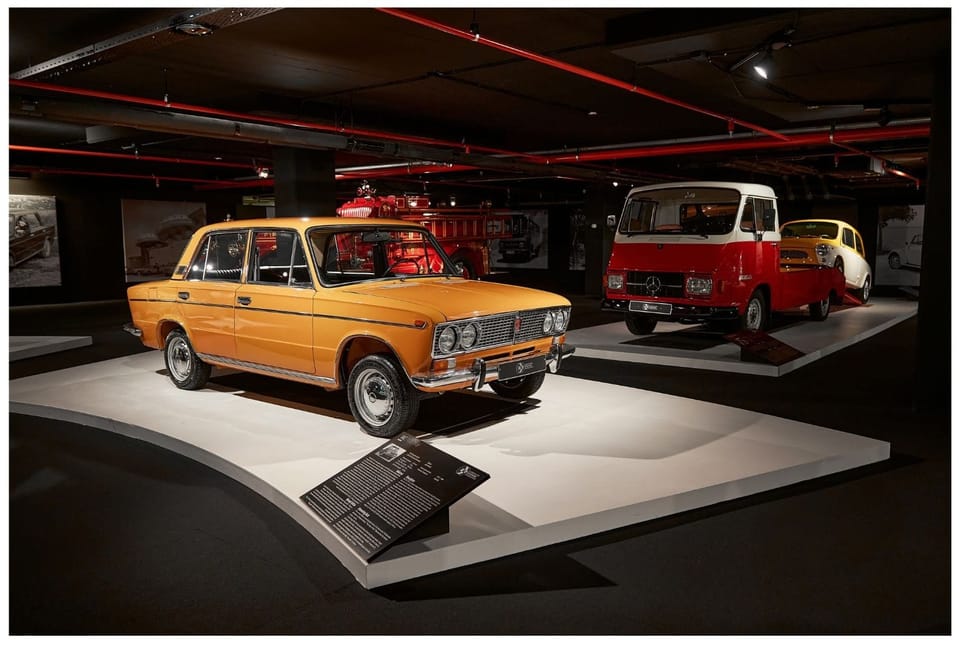Vehicles: A classical investment

When you think about a vehicle, the first thought isn’t always that it is a smart purchase. Probably because, by definition, a vehicle is a depreciable asset. This means that the future value of the vehicle will be lower than what you pay for it today. So how could this possibly be an asset class worth looking into as an investment case?
I recently spent more time reflecting on the classic cars conversation I had with Andrew Amoils and it made me realise that there's a lot on offer in the automotive space, if you know what you’re looking for. Companies like Prestige Marques have built their businesses on helping clients find want they are looking for.
Ask a South African about a Golf VR6 or a BMW E30 and you could easily hit a nerve. There’s a memory of one or a desire to own one engrained in most car enthusiasts. And the reality is that a mint-condition version of either of these could easily go for R1M.
For a 1960 Ferrari GTO to be sold for $40M on auction means one of three things, in order of increasing likelihood.
First, the buyer is a rich spoilt individual who doesn’t understand the value of money.
Second, there is an investor somewhere in the world who is missing this exact model from their ridiculous collection and is willing to pay any amount to complete the collection.
The last and most probable option is that someone knows that there are a finite number of these vehicles in existence today and that the value of the vehicle is likely to increase based on what the historical ownership data suggests.
A word of caution though, not every vehicle falls into the category of an investable asset.
Don't have the same expectations of a regular Hilux or a Picanto that are both mass-produced to meet consumer demand.
What makes a vehicle special then?
And how do you know which versions of which models are collectables? Rarity and effort are undoubtedly the difference makers here. Especially if they are accompanied by words like “all original parts” in the description of the vehicle.
My father once rebuilt a VW beetle, it felt like the most in-demand Herbie in South Africa by the time he parted with it. Everything from the chrome exhausts to the hubcaps were original VW parts. And when he finished it off with a coat of powder blue paint, it went from being a pet project to something that received daily offers. I’m not suggesting we all restore classic cars in an effort to realize a decent return, there are definitely easier ways to do it for those who don’t feel as comfortable around a socket and wrench.
The convenient solution is to further explore the merits of tokenization of real-world assets like we’ve been able to achieve with whiskey. Until that becomes more widely used though, you could always explore the option of joint ownership with a group of like-minded investors if the price tag warrants it.
And for the truly efficient ones still reading, who believe in working smart not working hard, there are platforms like Finders’ Fee that pay you for simply finding a rare vehicle that an investor is searching for and putting buyer and seller in touch with each other.
There is zero capital investment in the last one, just a little time spent on Google.
Food for thought before you decide on the best option for yourself, consider that you may be just an enthusiast, not necessarily and investor, and there’s nothing wrong with that.
And if you are an investor, are you thinking about your carbon footprint with each purchase? Or is the emotional joy brought on by acquiring the rare car enough to sleep peacefully at night knowing you’re living life to the fullest?
